16 weird things that happened throughout history (22 photos)
It may be hard to believe, but history is not only about remembering numerous dates and detailing depressing battles, but also about the moments that make you fall in love with this field of knowledge. 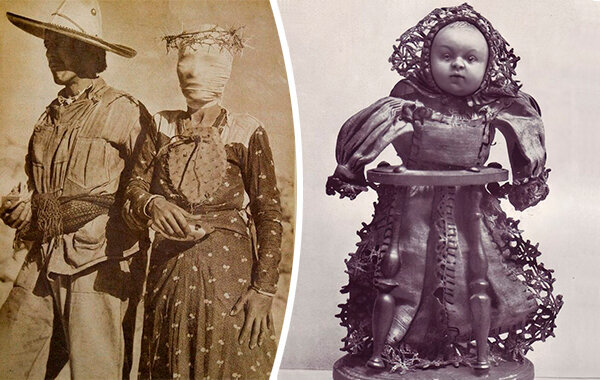
Archival photographs of celebrities who have not been presented to the general public, revealing the secrets of the past and strange things that have happened throughout history - this is what attracts us so much. Today we've put together a slightly disturbing collection of historical photographs that show how life in the past was very different from what it is now.
Vintage photo of a woman wearing a fly agaric costume 
A luxurious costume that many would pay a pretty penny to dress up in for Halloween.
“Where I grew up, it’s called “Monday”,” they joked in the comments
How do you like this vintage fly agaric costume? 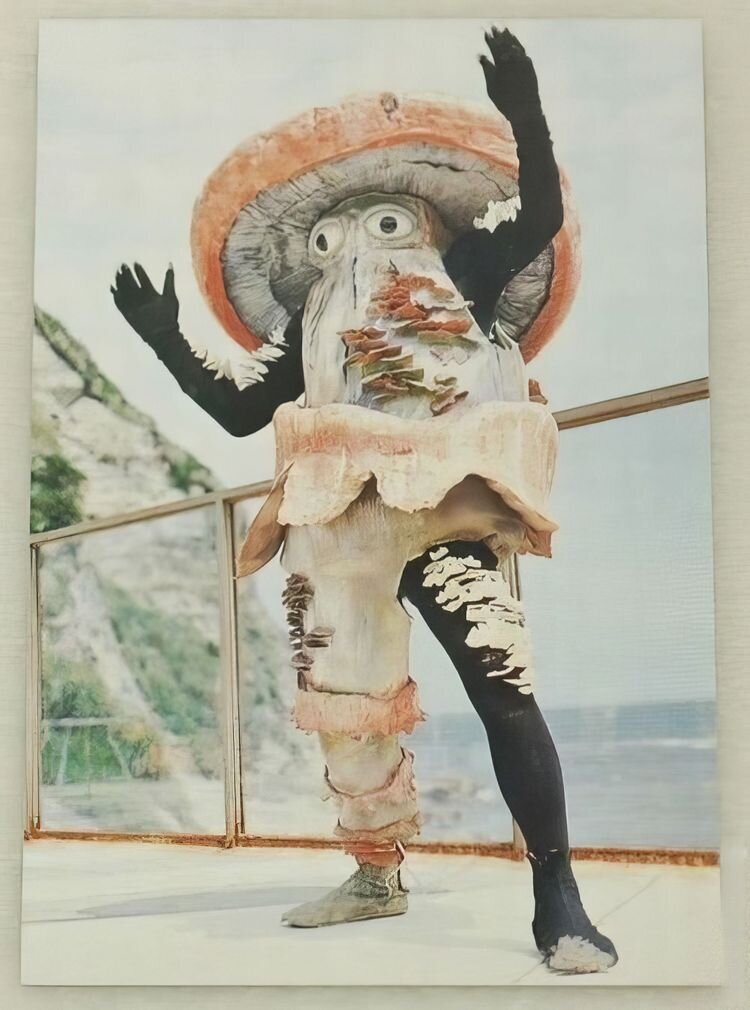
It looks like the result of thinking about what would happen if you crossed Cthulhu with a fly agaric. Cthulhomor!
Radiologist nurse in protective gear, 1918 
Imagine a nurse in such uniform comes up to you and says: “Don’t worry, it’s completely safe.” Or is this the first iteration of the Star Wars villain, who was probably originally named Darth Woder?
Alfred Langevin was a man who could smoke a pipe with his eyes, 1930s 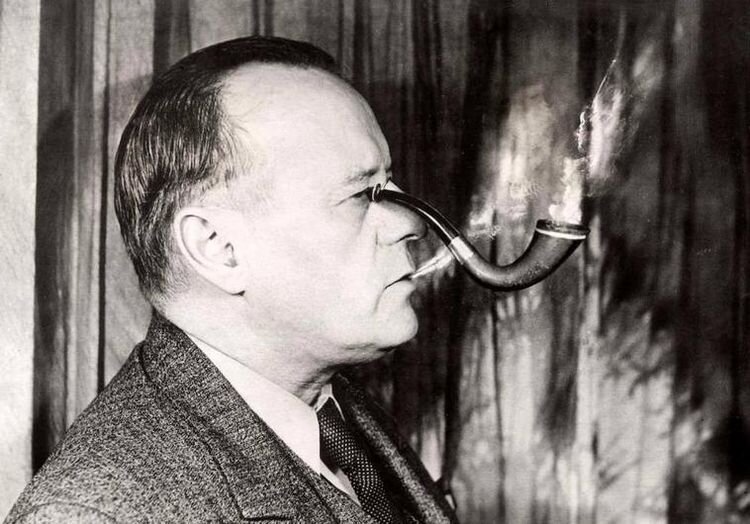
He could not only smoke a pipe through his eye, but even inflate a balloon and play the flute! It is worth noting right away that he had 2 fully functioning eyes. Alfred lived in Detroit, USA, and his amazing abilities were associated with an anomaly in the development of his lacrimal gland. At least that's what is commonly believed
What a versatile man 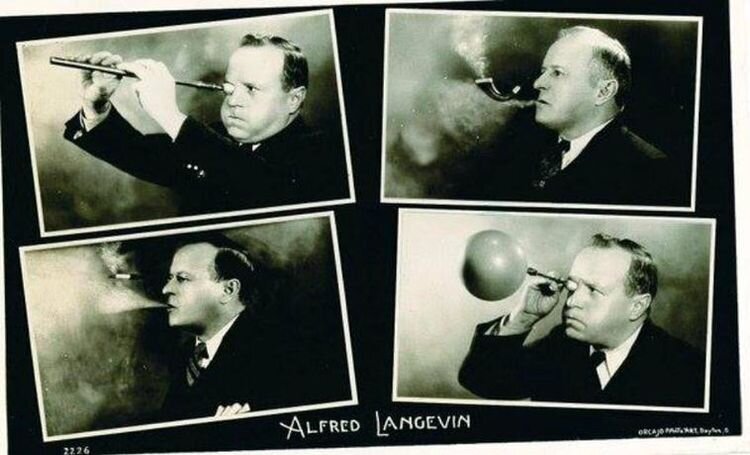
Selfie by French surrealist artist Yves Tanguy taken in a photo booth, circa 1928 
After a photo booth called “Photomaton” appeared on the Champs-Élysées in Paris, it immediately attracted the attention of surrealist artists, who really liked the fact that everything happened automatically. One of these surrealists was the artist Yves Tanguy
A few more photos by Yves Tanguy from the same series 
Glurpo is the world's only underwater clown 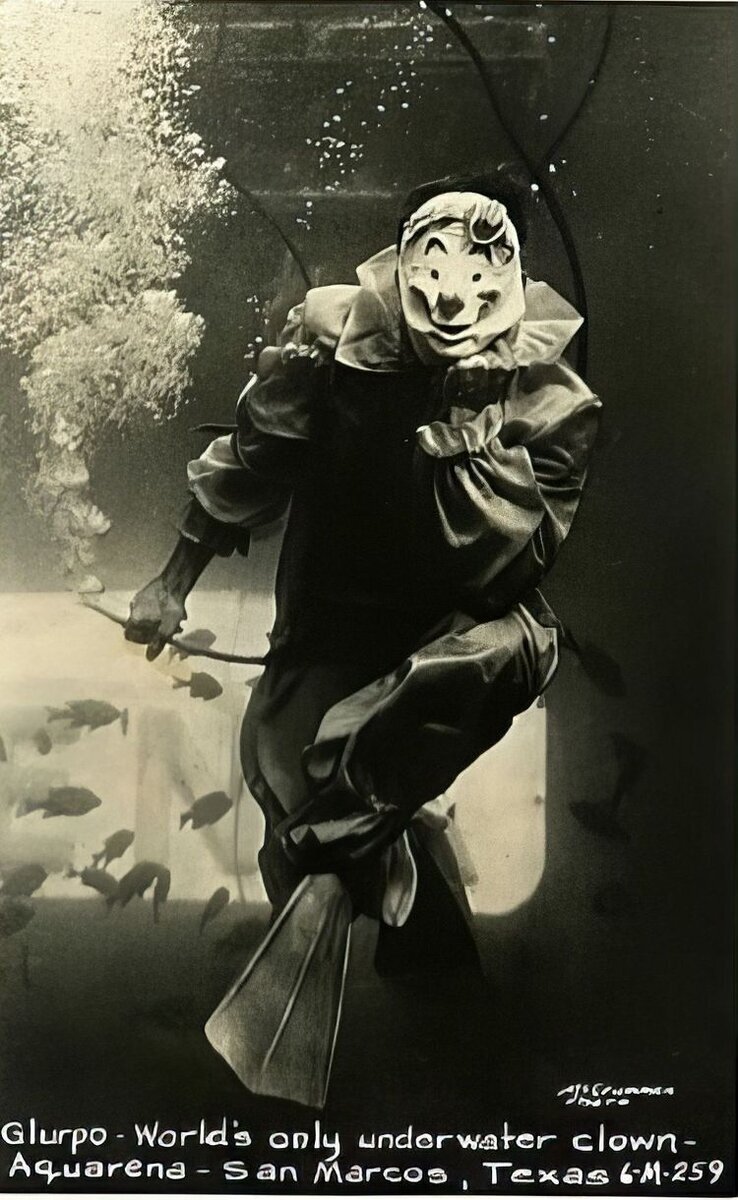
The photo was taken around the 1960s at the Aquarena Springs amusement park in San Marcos, Texas, USA, where Glurpo performed.
In 1994, Texas State University purchased the amusement park site, closed the park and founded the Medusa Center for Water Resources and the Environment in this location.
This is what Disneyland was like in 1955 
Everyone somehow fits in more or less, but this Mickey Mouse... It’s as if he overdid it with substances that he never planned to take. Well, or Mickey saw the Easter bunny and the pig next to him doing some dark things, and now he is afraid for his life
Portraits of patients in an English mental hospital taken in the 1870s 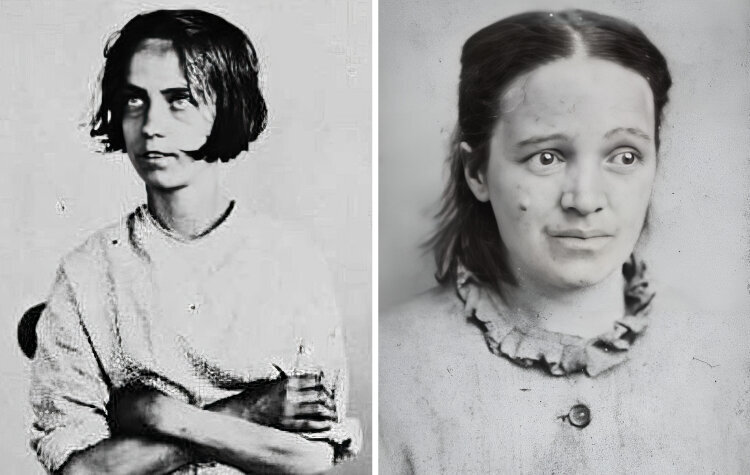
The photo on the left shows Harriet Jordan hospitalized in 1858 with a diagnosis of acute mania, and the photo on the right shows an unknown woman suffering from acute melancholia.
During the Victorian era, there was a sharp increase in the number of people being committed to insane asylums, but it is unknown whether this was due to an increase in psychotic illness or a decrease in society's tolerance for the mentally ill. Some rich men reportedly used private insane asylums to house their annoying wives. This way they could easily and simply get rid of them.
In the 1930s, beauty pageants requiring participants to cover their faces were common 
As a rule, these were highly specialized competitions to evaluate a specific part of the body. For example, in this photo you can see participants in the beautiful legs competition
Participants of the competition with prizes 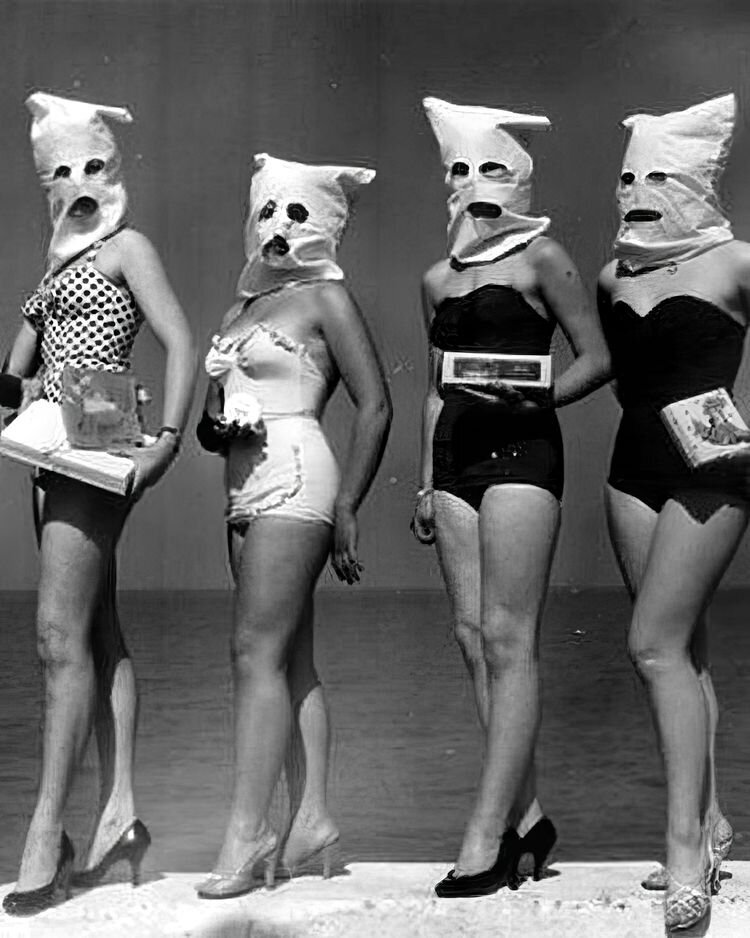
Bags and legs!
Coal miners returning from a mine after a day's work, Belgium, 1900s 
As you can see in the photo, the elevators were multi-level, but each level was so low that the miners had to use it in a sitting position.
It would be very unpleasant if one of the workers in this elevator had a “gas leak”.
Mickey and Minnie costumes 1950-1959. 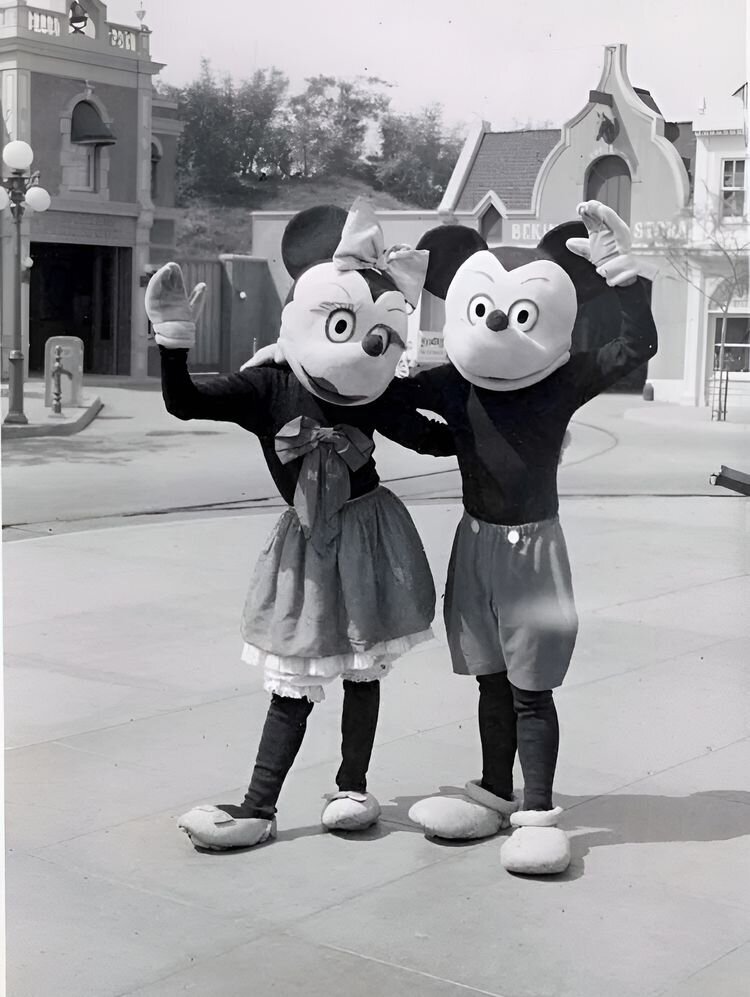
And again the alarming costumes of Mickey and Minnie Mouse. If you think these costumes are creepy, then you haven't seen another version of the costumes that existed during the same period.
Here they are! 
They forced the boy to kneel on a stone tile. No wonder the child doesn't smile.
Couple at a fair in Mexico, 1940 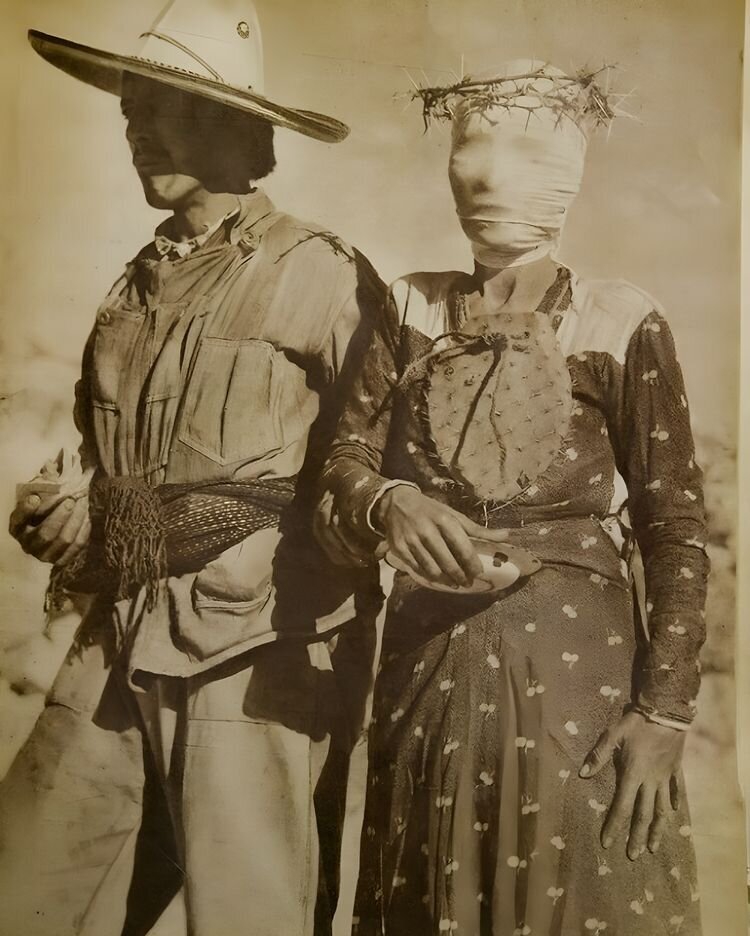
Mexico reportedly has a very long history of self-flagellation for religious purposes. To express their repentance, Mexicans will reportedly leave the city on an empty stomach for several days, or walk on their knees from the beginning of the city to the church itself, or dress in a way that causes suffering, such as the woman in the photo. Did you notice that there is a cactus hanging from her neck?
Opening of the Golden Gate Bridge, May 1937 
We think the last thing anyone in this crowd would want is to trip. Someone ran this photo through an algorithm for counting people in crowds in photos, and it returned a result of ~2617 people. It should be assumed that there are many more people on the bridge, since the algorithm did not count those who were around the bend of the bridge. The bridge administration reportedly did not expect a huge influx of people and were afraid that the bridge would not be able to support such a weight. Fortunately, the bridge sank slightly under the weight, but withstood the test
Photos from the competition for straight spines 
At a beauty pageant, a chiropractor and chiropractor shows a replica of the spine of model Lois Conway, one of three winners of the competition for the title of the most straight spine, 1956
In the 1930s in Britain, people cared little about the safety of children. 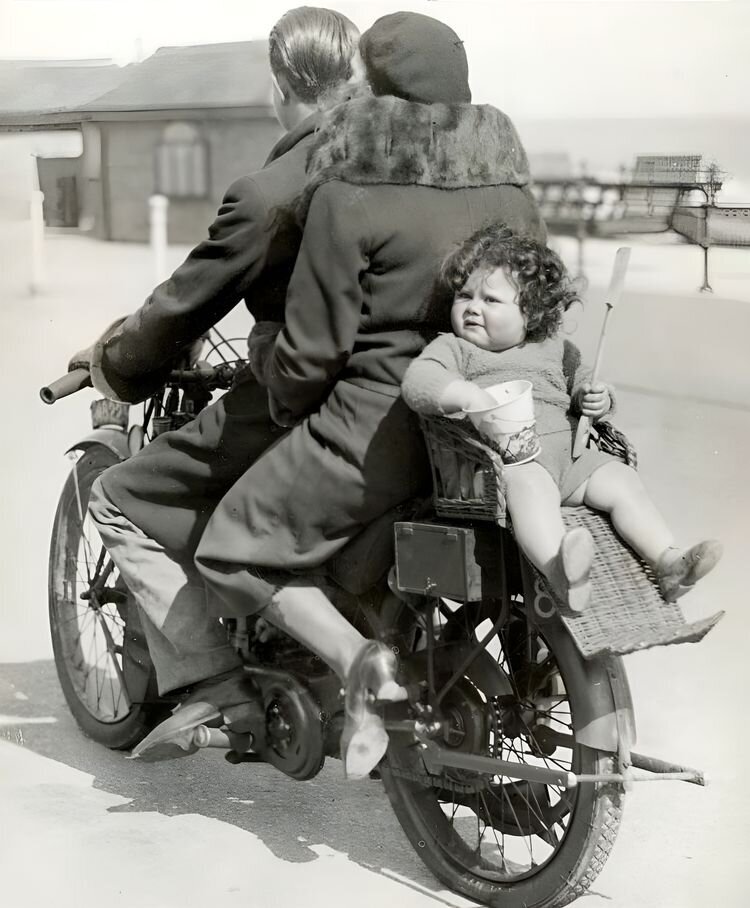
On the wicker seat for the baby there is no hint of a seat belt or at least some kind of holding rope. Could it be that in the 1930s in Great Britain all the roads were absolutely smooth?
A clown from 1914 with a butterfly in the shape of hands that looks like it could strangle 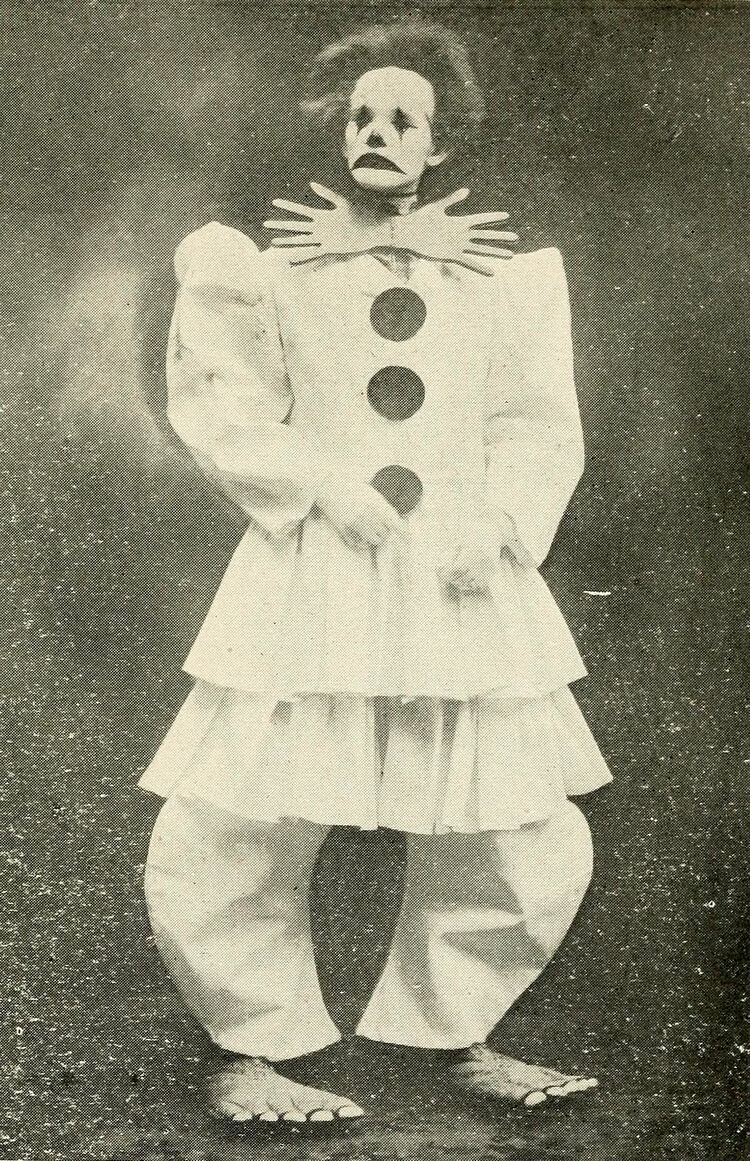
This photo is part of the book "Reveries of a Circus Clown", where it is captioned: "Max Dille, ready to start."
The unusually constructed costume gave the clown's legs an unrealistically round appearance, and the boots in the shape of bare feet completed the overall picture.
German doll of the 17th century 
Obviously, apart from the head, it was a fabric doll that could not stand upright on its own, so it needed a stand. At that time, attaching ceramic heads to cloth dolls was a common practice.























